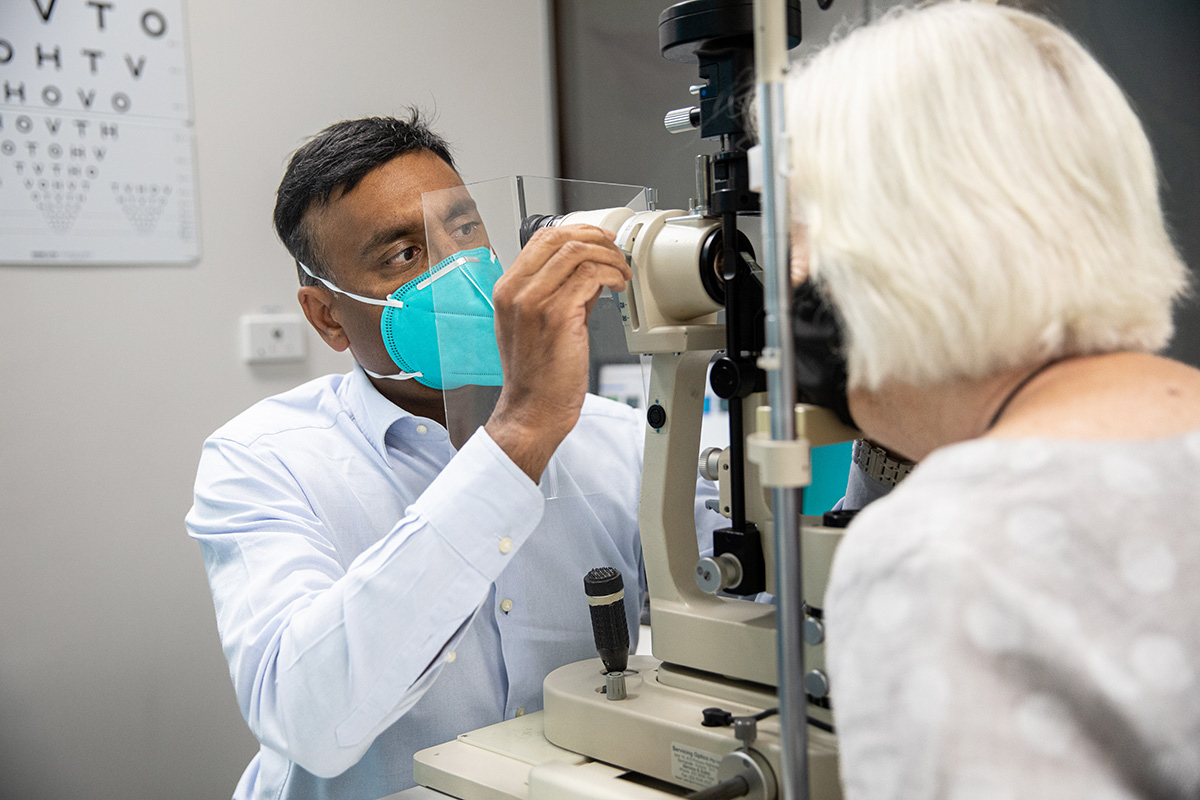News
Eye-opening coffee research
Coffee and eye research, as well as potential future health screening measures, might not mix.
A coffee might have to wait until after an ophthalmologist appointment in the future.
According to new research from the Centre for Eye Research Australia (CERA), central retinal artery and vein equivalents – measurements of the diameter of blood vessels in the eye – decrease after consuming the caffeine equivalent of three cups of coffee.
The findings, recently published in the journal International Ophthalmology, are particularly relevant to researchers investigating whether these measurements can be used to spot disease.

Coffee and sugar
“Caffeine is a substance that is widely used, and we wanted to see whether it would affect the measurement of tests that are commonly used in research settings,” says Associate Professor Sanj Wickremasinghe, Senior Research Fellow at the CERA Clinical Trials Research Centre and lead author on the paper.
The team took retinal photographs and blood pressure measurements of healthy participants and then, on separate appointments, provided them 300 mg of caffeine, 30 g of glucose and 300 ml of water.
The same measurements were then collected 30, 60 and 120 minutes after taking each substance.
While there was no noticeable change after participants took glucose and water, people who took caffeine experienced a constriction of the blood vessels in their eyes.
“We found that, at least in the short term, if you have coffee it does narrow your retinal arteries and retinal veins,” says Associate Professor Wickremasinghe.
While long-term effects have not been measured, and the measurement is not often used in a clinical setting, Associate Professor Wickremasinghe says this finding is relevant to researchers currently working on developing new ways to identify disease.
“Central retinal artery and vein equivalents are used by researchers looking numerous diseases, particularly heart disease, to assess outcomes, as well as predicting the overall health of patients themselves,” says Associate Professor Wickremasinghe.
“Researchers should be aware that coffee can have this effect, and it is worth considering when interpreting results.”
Broader view
As retinal vessels have been associated with systemic disease, such as heart disease, methods to use retinal imaging to assess a person’s health have been the target of research and might one day be common in the clinic.
This includes artificial intelligence systems, which aim to capture a snapshot of a person’s health using imaging techniques.
These systems could potentially use retinal vessels as measurement, and may have their accuracy impacted if a patient had several coffees before an appointment.
Associate Professor Wickremasinghe says this should be a consideration in future research.
“This study is a small one, so it’s not something we can make a conclusion from, but it is certainly worth taking into a bigger study with perhaps longer-term measurements, particularly in societies that drink a lot of coffee.”
Read the research
Gin, T.J., Ali, N., Gnanasekaran, S. et al. Acute effects of caffeine and glucose intake on retinal vessel calibres in healthy volunteers. Int Ophthalmol (2022). https://doi.org/10.1007/s10792-022-02417-z
Funding
This work was supported by a grant from Novartis Pharma AG. Associate Professor Sanj Wickremasinghe and Associate Professor Lyndell Lim are supported by a National Health and Medical Research Council (NHMRC) Early Career Fellowship. The Centre for Eye Research Australia receives Operational Infrastructure Support from the Victorian Government.
